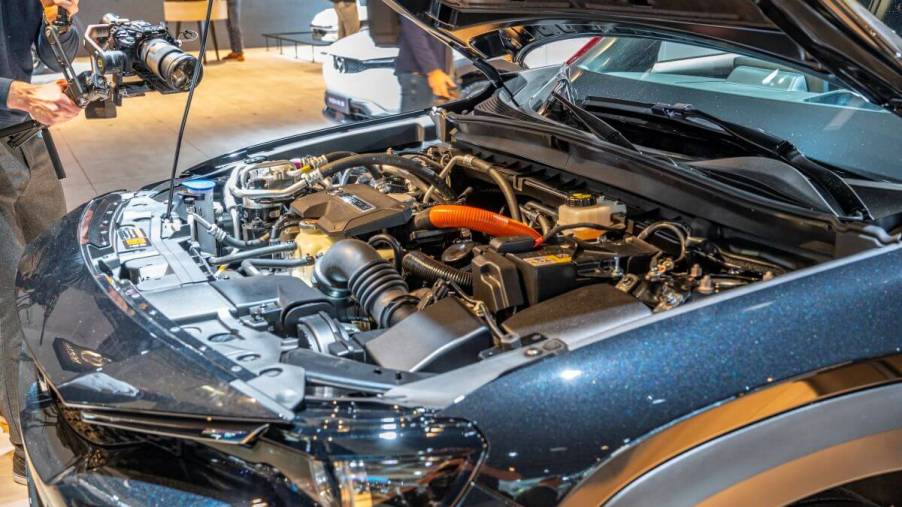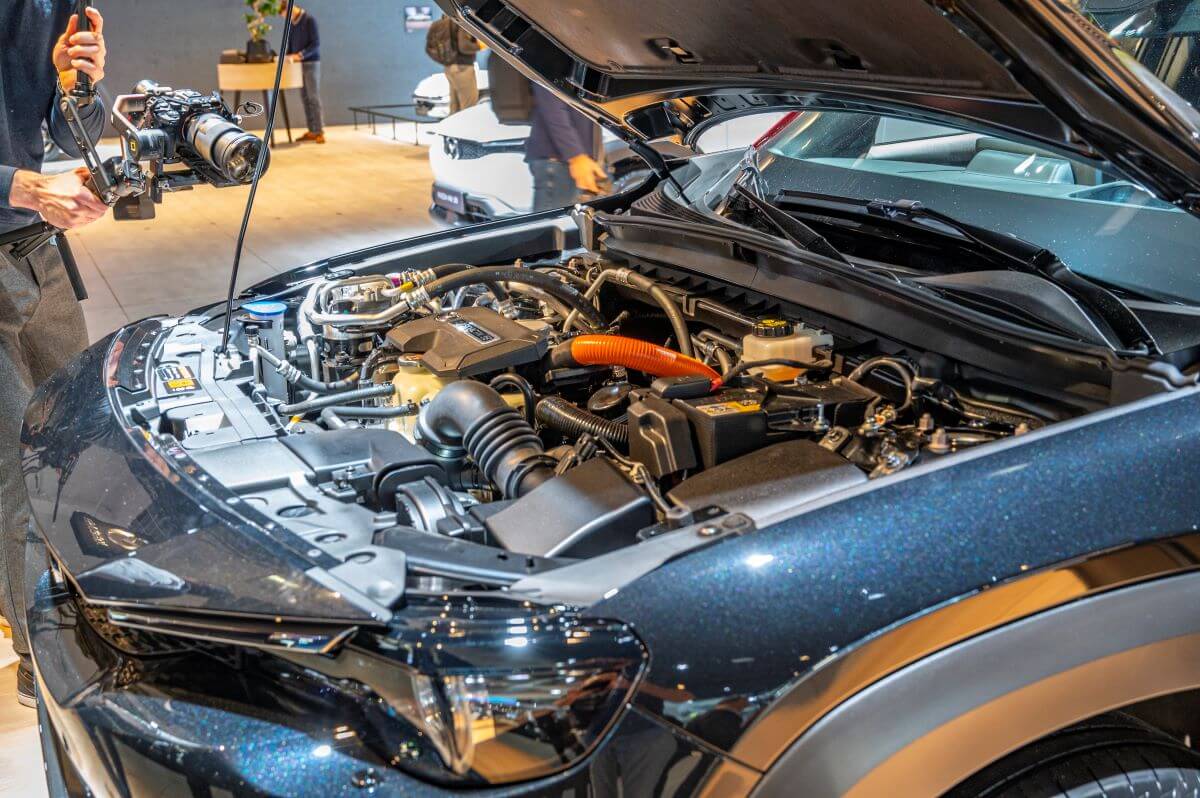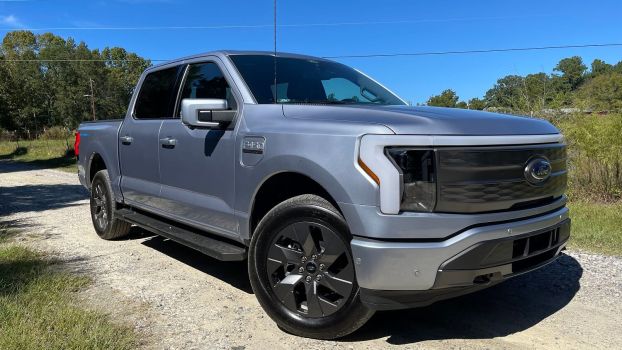
Are Hybrids and EVs With Range Extenders the Same Thing?
As electric vehicles (EVs) gain popularity, one of the most common worries drivers have is the limited driving range on a single charge. Manufacturers are hard at work on solutions like increasingly efficient motors or bigger batteries. However, one of the more innovative solutions is the use of range extenders. These accessories are tiny gas-powered engines that can be used with certain EVs to give them additional driving range.
That being the case, you might wonder about the difference between vehicles with hybrid transmissions and EVs with range extenders.
Range extenders explained

According to the AFDC, there are two main EV types: battery electric vehicles, powered solely by electricity stored in their batteries, and hybrid electric vehicles.
AFDC explains that EVs are powered by electric motors that draw their energy from an onboard battery. They don’t have internal combustion engines, so electricity is the only power source. Because of this, they don’t produce tailpipe emissions.
Hybrid vehicles combine power sources, usually an internal combustion engine and an electric motor. This allows hybrid vehicles to achieve better fuel efficiency with lower emissions than gasoline-powered cars. Hybrids also use regenerative braking technology to capture the energy normally lost during braking. It’s stored in the battery for later use, so the electric motor can help the gas engine during acceleration and improve fuel economy.
Range extenders are devices that can be added to regular EVs to give them additional driving range, according to U.S. News. They work in conjunction with the EV’s battery pack to provide backup electricity to power the vehicle’s electric motor. Range extenders can charge the battery as it’s being depleted, enabling it to travel farther than it could with just its battery.
How are hybrids and EVs with range extenders different?
While the operation of electric vehicles with range extenders sounds a lot like how cars with hybrid powertrains work, there are some key differences between the two types of cars.
Hybrid cars use an electric motor and a gas engine to power the vehicle. The electric motor is used at low speeds and for short distances. The gasoline engine works on longer trips and at higher speeds. The gas engine in standard hybrids also charges the battery that powers the electric motor and can’t be plugged in. So, hybrids don’t wholly rely on electricity and can still run if the battery is emptied.
EVs with range extenders are electric cars with a small gasoline engine as a backup power source. The gas engine doesn’t power the wheels but produces electricity to recharge the battery and extend the vehicle’s driving range.
So, EVs with range extenders are powered primarily by electricity, while hybrids rely much more on gasoline.
The future of range extenders
The role of range extenders in the EV market has been limited in recent years. Newer EVs have substantially better driving ranges for enhanced efficiency. That’s reduced driver anxiety, so the demand for range extenders has dropped.
Some aftermarket companies still offer range extenders as add-on options for EVs. These extenders typically use gas or propane to produce the electricity needed to extend the driving range of specific electric car models.
It’s rumored that some automakers are considering the addition of range extenders for upcoming models, which will be important for EVs designed for long-distance travel. The use of range extenders could offer an extra level of security for concerned drivers. How widespread this use may be, if it happens, remains to be seen as the electric vehicle market continues to grow.



